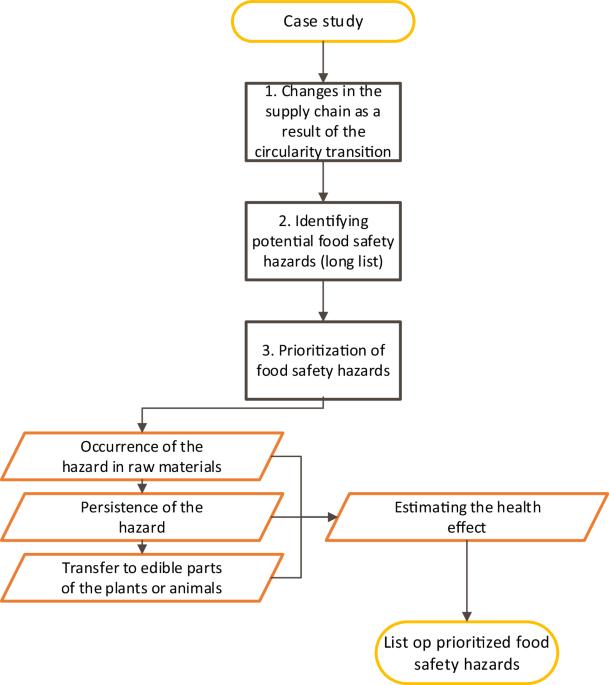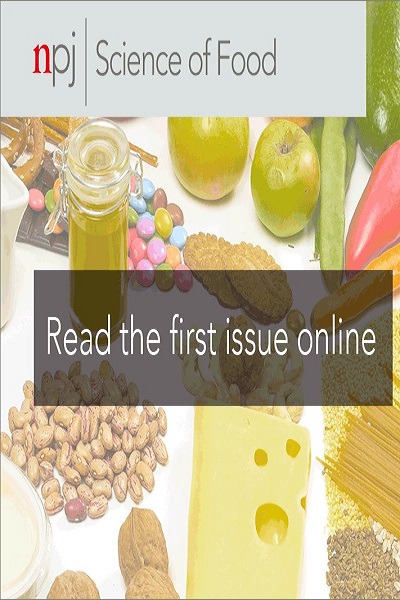Framework for evaluation of food safety in the circular food system
IF 6.3
1区 农林科学
Q1 FOOD SCIENCE & TECHNOLOGY
引用次数: 0
Abstract
In order to minimise food waste, side streams from feed and food production are increasingly being (re-) used in food supply chains. Such reuse contributes to the desire to implement circularity in food and agricultural systems. However, the reuse of side products in circular food systems may impact food safety, for instance, contaminant residues present at low levels in biomass may accumulate when reusing streams. In order to assess potential food safety issues related to circular food systems, a framework has been developed in this study. Based on this framework, appropriate actions can be taken to prevent from human health risks. The framework consists of three steps: 1. Describing the changes in the food supply chain as a result of the circularity transition; 2. Identifying potential food safety hazards related to the change; and 3. Prioritising food safety hazards related to the circularity transition. For the prioritisation, both the presence of the hazards in final foods and the effects of the hazards on human health need to be assessed. Persistence of the hazard in the environment and potential transfer from the environment to the final food product are relevant elements to include. The framework was tested in three case studies, showing that it allows for a prioritisation between hazards. Based on the case study results, circularity not so much influences the health effects of the hazards, but rather their presence depending on the persistence and transfer of food safety hazards in a circular system.

循环食品系统中的食品安全评估框架。
为了最大限度地减少食物浪费,饲料和食品生产的副产品越来越多地被(重新)用于食品供应链。这种再利用有助于实现食品和农业系统的循环性。然而,循环食品系统中副产品的再利用可能会影响食品安全,例如,生物质中含量较低的污染物残留物可能会在再利用副产品流时累积。为了评估与循环食品系统有关的潜在食品安全问题,本研究制定了一个框架。在此框架的基础上,可以采取适当的行动来预防人类健康风险。该框架包括三个步骤:1.描述循环转型给食品供应链带来的变化; 2. 确定与变化相关的潜在食品安全危害; 3.确定与循环过渡有关的食品安全危害的优先次序。为确定优先次序,需要评估最终食品中是否存在危害以及危害对人类健康的影响。危害在环境中的持久性以及从环境转移到最终食品的可能性也是需要考虑的相关因素。该框架在三项案例研究中进行了测试,结果表明,该框架可以对各种危害进行优先排序。根据案例研究的结果,循环性对危害对健康的影响并不大,而是取决于食品安全危害在循环系统中的持久性和转移。
本文章由计算机程序翻译,如有差异,请以英文原文为准。
求助全文
约1分钟内获得全文
求助全文
来源期刊

NPJ Science of Food
FOOD SCIENCE & TECHNOLOGY-
CiteScore
7.50
自引率
1.60%
发文量
53
期刊介绍:
npj Science of Food is an online-only and open access journal publishes high-quality, high-impact papers related to food safety, security, integrated production, processing and packaging, the changes and interactions of food components, and the influence on health and wellness properties of food. The journal will support fundamental studies that advance the science of food beyond the classic focus on processing, thereby addressing basic inquiries around food from the public and industry. It will also support research that might result in innovation of technologies and products that are public-friendly while promoting the United Nations sustainable development goals.
 求助内容:
求助内容: 应助结果提醒方式:
应助结果提醒方式:


